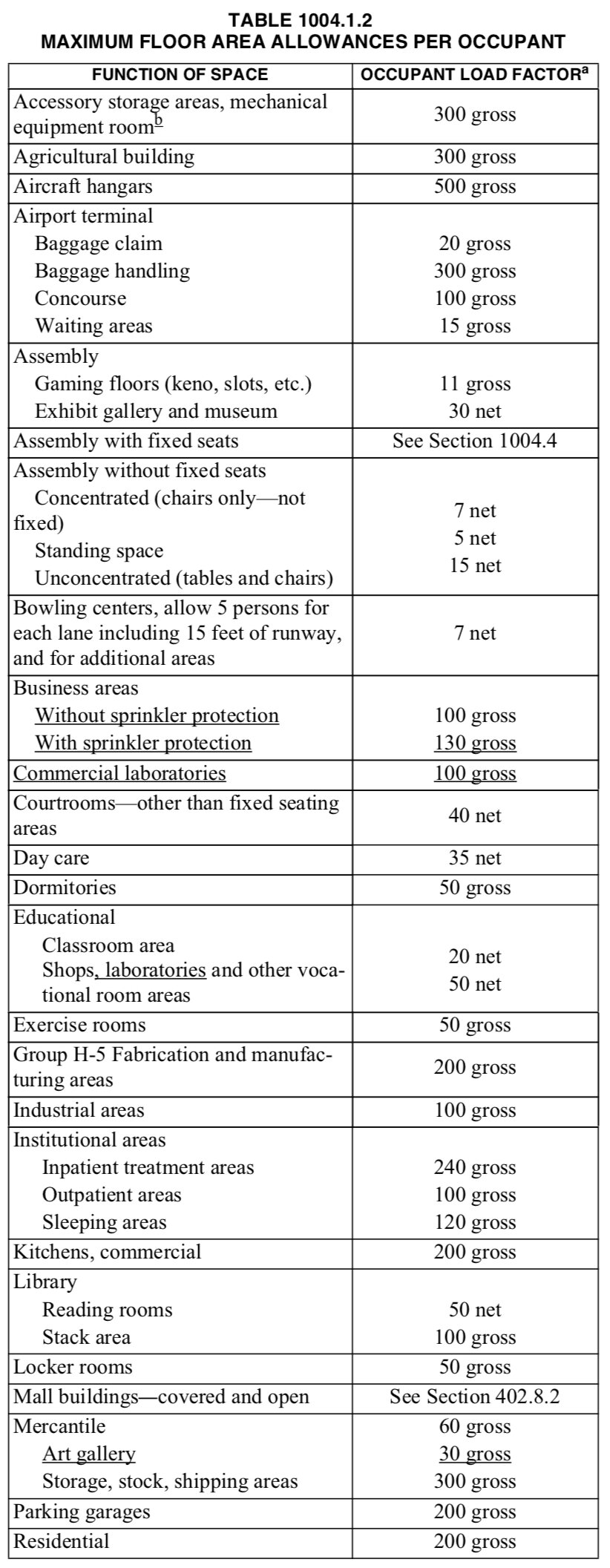I’m writing this post under the assumption that I might be a “great architect” and can therefor explain how I got decent at what I do :) Is it fair for me to make that assumption? You tell me. Others already have, although in my own opinion, I just do what ANY decent architect SHOULD do. Although the last couple sentences seem braggy, this is not intended to be a brag … just advice for aspiring architects. I would certainly love to up my own game of course, so any advice or criticism is always welcome. I love to know what I suck at, so I can learn more and get better at it.
Get construction experience. No amount of schooling or on-the-job training can be a substitute for this. Building stuff helps you to understand obvious things like how to put things together, the properties of materials, the sequencing of construction, which materials perform well in certain situations, and where to buy them (and their cost). This also helps you to understand three dimensional relationships. Envisioning space is one thing, but the tangible aspect of building is a whole different level of understanding space. Many architects never really get.
Work your ass off. Do as much design related work as possible, so you become exposed to the maximum number of design related problems as possible. Build your repertoire of knowledge. Research new materials and understand their pros and cons. Then go buy them and build with them (with your own hands). Yes, spend your own money to buy construction materials and tools and learn how they work. Read every building code and land use code. Seriously. Read every single one. Over and over again and again until you know it. Watch videos of tradesmen explaining their craft, so you can learn their tips and tricks that took them a lifetime to master. Thoroughly read every contract and understand the language and how it affects you and other parties. Try every software system. Click on every icon and feature to see how they work, so you will have exposure to every tool available to you and be able to decide which ones are most appropriate. With a high level of scrutiny, thoroughly read other architects’ drawings. Understand how they communicate their ideas and compare it to your own. Combine their concepts with your own to make a better version of it. Read every article, blog, website, etc from other experts in the field. There is no shortcut for this hard work. Commit yourself to learning everything out there about your craft.
Vet EVERYTHING. Place zero importance on spoken words and all importance on actions. What people say and do is not always the same thing. It is tough to rely on other people for anything. Be diligent to ensure the result somebody claims to deliver is followed through. Be especially wary of building departments. Their interpretation of the rules is commonly not consistent with what the codes actually say. I cannot stress that enough. Hold them accountable for the written words since the spoken word has no enforceable value. Don’t let them enforce rules that don’t exist. Read and re-read every contract. Check and re-check and check again everything you draw.
Start early. Wake up early and just start your day. Don’t screw around with pointless tasks. You will accomplish more when other people are still sleeping and cannot interrupt you. Also start tasks as soon as they are assigned to you, and in some cases, start them before they are assigned to you.
Be available. By starting work early and getting things done in advance, you will ultimately make yourself more available to the people that need you. Builders and clients will have tons of questions at times when waiting is just not an option. By getting work done early, you will be able to promptly answer these questions when they ask (instead of needing to get back to somebody in a few days). Work can really pile up if you are not prepared, and people are really hiring an architect to solve their problems. If you have not yet solved the problem when someone calls on you (or prepared the info needed to be able to solve a problem), then you really are not giving them what they hired you to do. It is essential that you are available, and this is only possible by being extremely prepared.
Extreme focus. With several active projects, many clients, tons of builders, coworkers, building departments, engineers, and product suppliers all requesting information from you, it is easy to lose focus. (Also personal life obviously takes a lot of your time too). It is totally essential that you can focus on one task at a time, quickly solve the issue, and then move onto the next one. Social media, coffee breaks, office chit chat, etc all put your productivity to a grinding halt. Take a break when you actually need one, but make it worthwhile as a task intended to help you improve your focus. When you sit back down to work, prioritize the tasks, set an actual goal, achieve it, set another goal, achieve it, and keep going this way and don’t stop until you’re done. Don’t look up and get distracted. You will find that you can get so much done if you truly do not give in to the countless distractions around us.
Pounce on every opportunity. You can sit there and wish for something to happen, or you could just start doing it. Do you want some job, or some new client, or some promotion? Quit reading this right now, and go call that person or go knock on their door and don’t delay or let them delay. Insist that you want this opportunity now. (If you’re still reading this, you just wasted 5 seconds. Go seize that opportunity then come back and read the rest of this.) I’ve heard people say things like: “don’t take on jobs that are not your dream client.” You might be waiting a long time. Every project is an opportunity to get better in many facets of your job. Don’t take that advice unless you are so busy with new clients that the non-ideal work is taking away time from ideal work.
Meditate. Having a clear functioning mind is crucial for anything. Some people sit quietly and try to toss aside their thoughts to meditate. In architecture, I have the ability to sit quietly and think nearly all day long since the very art of doing architecture is envisioning a better place. This is similar to meditation. Or maybe it is meditation. After a long session of designing a space or a construction detail, I walk away from it feeling accomplished and refreshed since I’ve literally set all other thoughts aside while “being” in the conceptual world that I’m inventing. Also, get enough sleep, but not too much. Sleeping too much makes you groggy. Everyone is different. 4 hours works for me. 6 hours is my max. 8 is too much for me. Know your sweet spot.
Respect your builders. The guys building your projects work hard in crappy conditions to bring your ideas to life. Do everything possible to make their job easier. This will help your idea come to life more successfully. The craftsmen also have a lot to teach you. Be there to support them, and they will be there to support you. They will also keep you employed.
Be a good member of your community. As an architect, you are responsible for MAKING the built environment around you that your community lives in every day. Join the clubs and groups that help to shape the community. Offer your expertise every chance you get. Every house, store, office, and park in your neighborhood is designed by someone and used by people. Get to know these people and make sure they know you. Ensure they feel comfortable coming to you when there is a problem that needs solved. Everyone uses buildings and therefor benefits from design. Make sure you let people know that you want to help them.
Focus on the fun part of your job. Architects have to wear many hats, but some of those hats can be delegated to other experts. Focus on the parts you like doing, and you will enjoy your job much more.
If you’d like to learn more about our design process, visit www.josharch.com/process, and if you’d like to get us started on your project with a feasibility report, please visit www.josharch.com/help






















